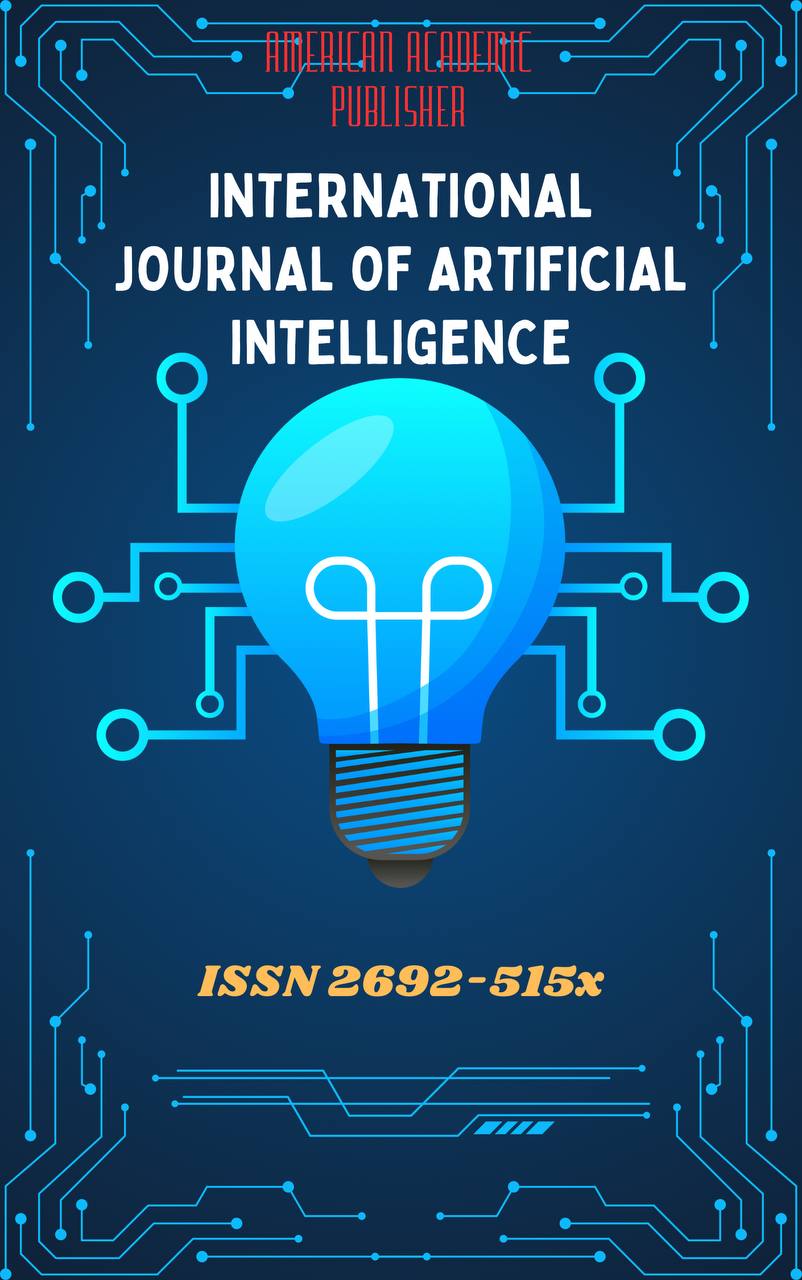 Articles
| Open Access |
Articles
| Open Access | THE ROLE OF METHODS IN THE PROCESS OF LEARNING FOREIGN LANGUAGES
Zaripova Shaxnoza Shaxobiddinovna , Samarkand State Institute of foregin languages Teacher at the department of English languageAbstract
This article explores the pivotal role of different teaching methods in the process of learning foreign languages. It analyzes traditional and modern approaches, emphasizing how method selection influences learners' motivation, linguistic competence, and cultural understanding. The study highlights innovative pedagogical techniques, including communicative and task-based methods, and their impact on acquiring practical language skills. Further in article we will discusses the adaptation of methods to learner needs and technological integration, aiming to optimize language acquisition in diverse educational contexts.
Keywords
Foreign language learning, teaching methods, learner motivation, communicative approach, task-based learning, technological integration, language acquisition.
References
Richards, J.C., & Rodgers, T.S. (2014). Approaches and Methods in Language Teaching (3rd ed.). Cambridge University Press.
Ellis, R. (2003). Task-based Language Learning and Teaching. Oxford University Press.
Nunan, D. (2004). Task-based Language Teaching. Cambridge University Press.
Larsen-Freeman, D., & Anderson, M. (2011). Techniques and Principles in Language Teaching (3rd ed.). Oxford University Press.
Thornbury, S. (2006). How to Teach Vocabulary. Pearson Education.
Warschauer, M., & Healey, D. (1998). “Computers and language learning: An overview.” Language Teaching, 31(2), 57–71.
Deterding, S., Dixon, D., Khaled, R., & Nacke, L. (2011). “From game design elements to gamefulness: Defining gamification.” MindTrek Proceedings, 9–15.
Krashen, S.D. (1985). The Input Hypothesis: Issues and Implications. Longman.
Article Statistics
Downloads
Copyright License

This work is licensed under a Creative Commons Attribution 4.0 International License.

